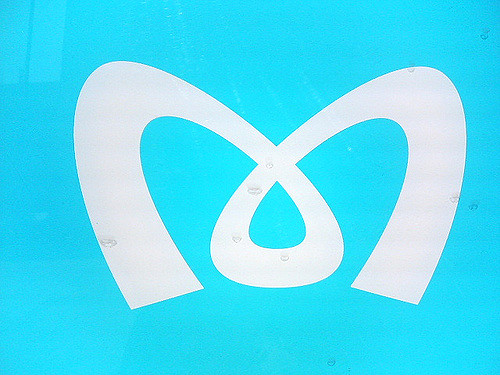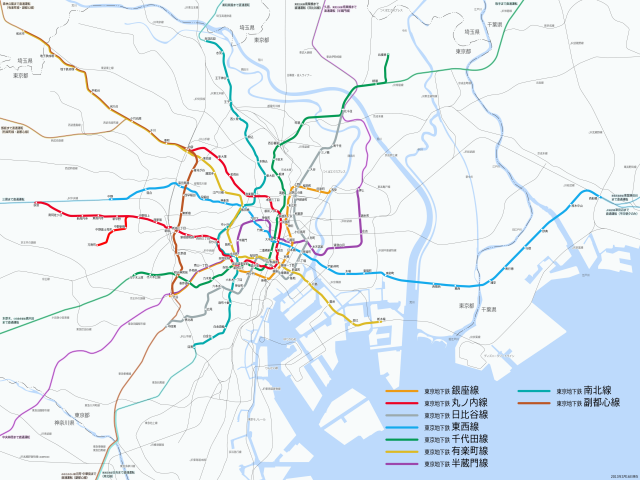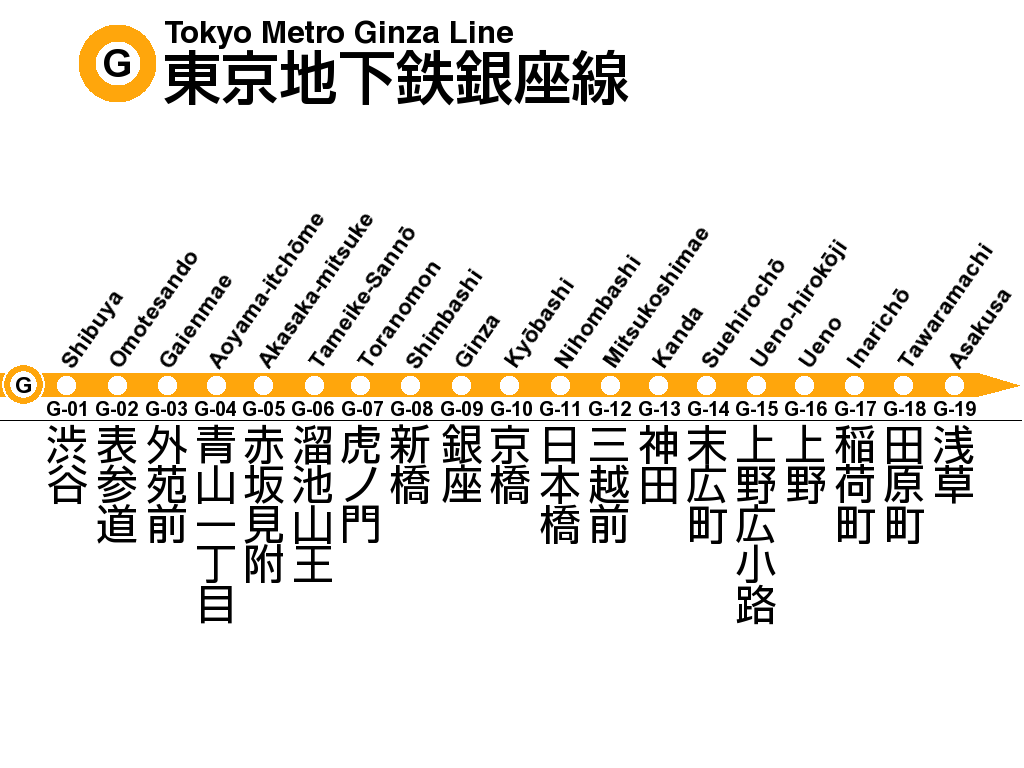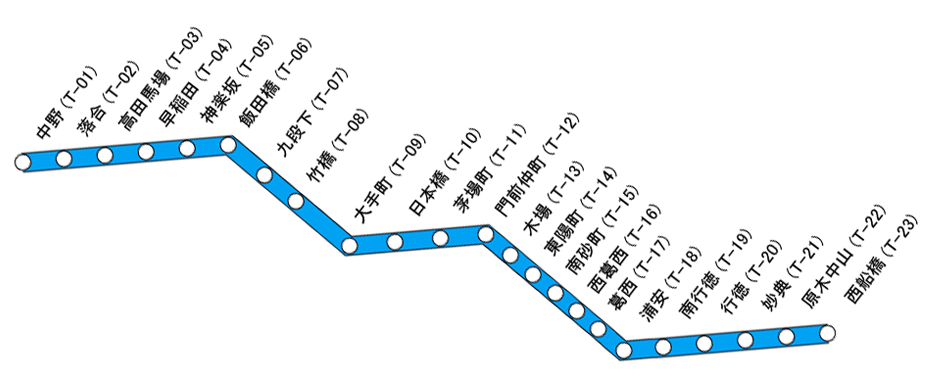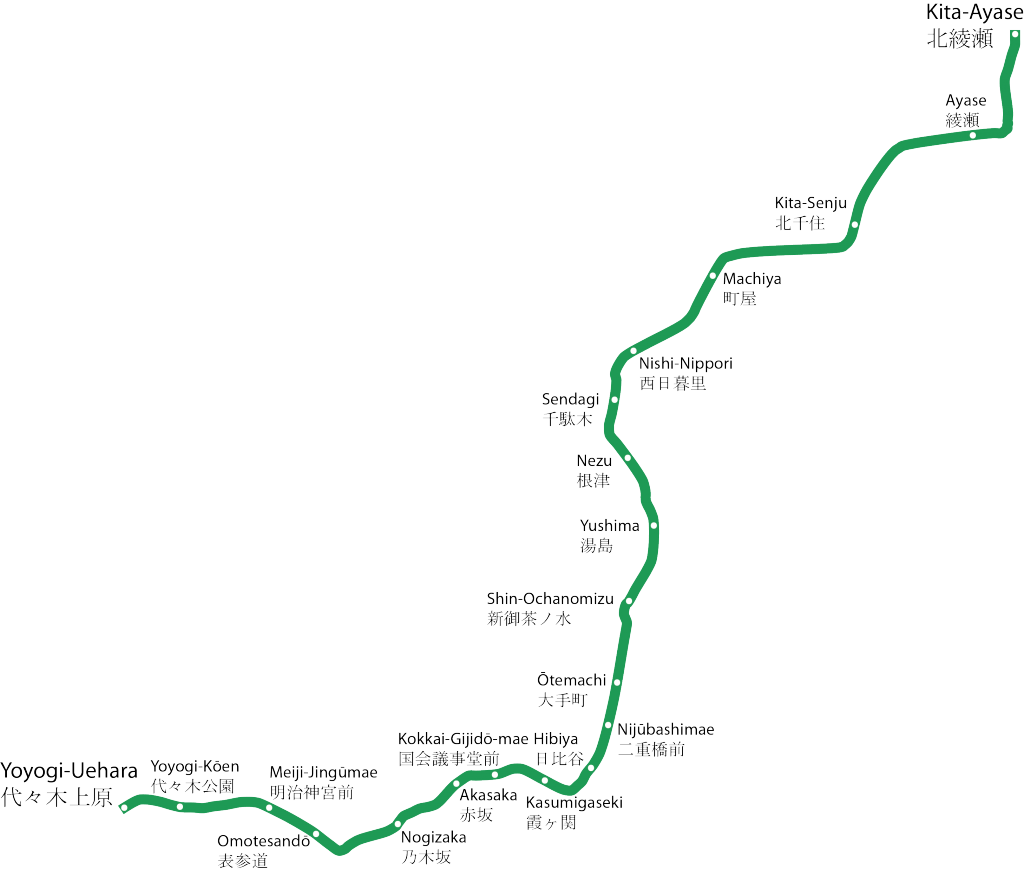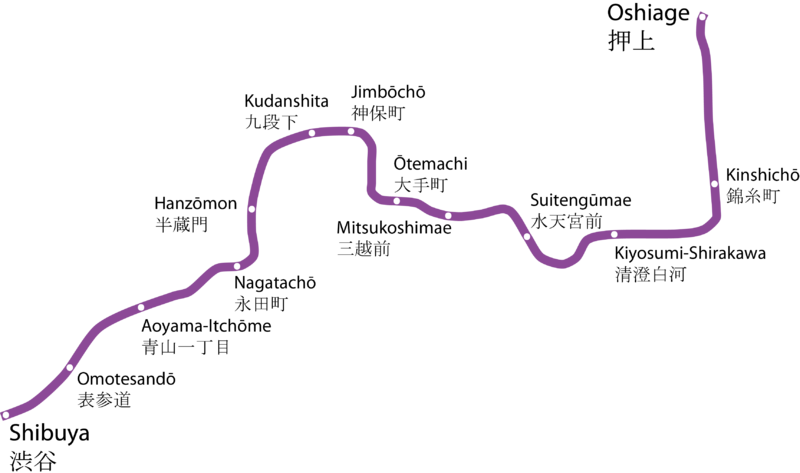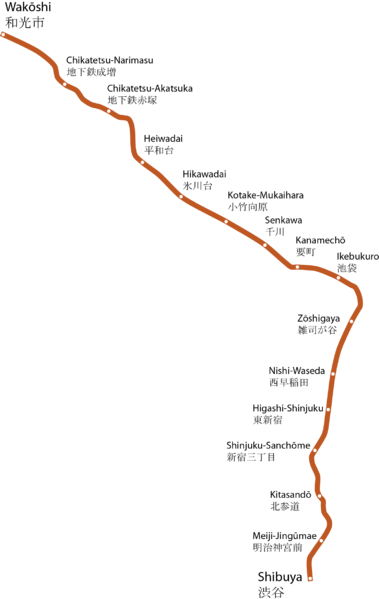
Tokyo Metro - Get Familiar With One of Tokyo's Main Metro Lines
From Ginza to Shibuya and more, the expansive network of Tokyo Metro subway lines connects many of Tokyo’s hottest destinations. While you can’t use the JR Pass for free rides, the Tokyo Metro offers a convenience that is worth paying the extra fare, and is known for its frequent services and punctuality. Below you’ll find Tokyo Metro maps of the Ginza Line, Marunouchi Line, and more, which will help you navigate Tokyo like a pro!
This post may contain affiliate links. If you buy through them, we may earn a commission at no additional cost to you.
What is the Tokyo Metro?
Tokyo Metro Co., Ltd. (東京メトロ Tōkyō Metoro), most commonly known as Tokyo Metro, is a rapid transit system in the special wards of Tokyo Prefecture. Although it is not the only rapid transit system operating in Tokyo, it has the highest ridership.
At first glance, and the first few times, the Tokyo subway system can be extremely confusing, and if you have the JR visitor pass you won't be able to use that on the subway lines (though you can use an IC card such as Pasmo or Suica). However, if you plan ahead through a service such as the directions feature on Google Maps, you'll be able to get to your destination with little trouble, and you'll get to see another side of Tokyo. The Tokyo Metro also connects to the JR line as well as other subway companies.
How do I know if it's a Tokyo Metro station?
Tokyo Metro | Getting on the Subway
www.tokyometro.jp
Tokyo Metro's basic info on how to ride subway. You can view information such as getting on the subway, subway manners and access from the airport. You can also download convenient Tokyo Metro Guide in Japanese, English, Korean, and Chinese (simplified / traditional).
Our Top Tips
Japan Shinkansen, Narita Express (N'EX) & Express Train Tickets
Plan ahead by booking your shinkansen, airport train, and express train tickets online in English. Have the tickets sent to you by mail or collect them at the station once you're in Japan.
Lines of the Tokyo Metro
Ginza Line (Orange)
Major stations: Shibuya, Omotesando, Shimbashi, Ginza, Ueno, Asakusa
Marunouchi Line (Red)
 Nishitoko/Wikimedia Commons
Nishitoko/Wikimedia Commons
Major stations: Shinjuku, Yotsuya, Ginza, Tokyo, Otemachi (for transfer), Korakuen (for Tokyo Dome), Ikebukuro
The Marunouchi line also has a branch line with four stations.
Major stations: Ueno, Akihabara, Tsukiji, Ginza, Roppongi, Ebisu
The Tozai line runs from East to West, hence its name (East-West line). It also goes into Chiba.
Major stations: Nakano, Takadanobaba, Iidabashi, Otemachi (for transfer)
This line connects to every other Tokyo Metro subway line (except for the Fukutoshin line) at most of its stops.
Chiyoda Line (Green)
Major stations: Yoyogi-koen (Yoyogi Park), Meiji-jingumae (Harajuku), Omotesando, Akasaka, Otemachi (for transfer)
Yurakucho Line (Gold)
Major stations: Ikebukuro, Iidabashi, Tsukishima
Major stations: Shibuya, Omotesando, Otemachi (for transfer), Oshiage (Skytree)
Namboku Line (Emerald/Teal)
Major stations: Korakuen (Tokyo Dome), Iidabashi, Yotsuya, Roppongi-itchome
Major stations: Ikebukuro, Shinjuku-sanchome, Meiji-jingumae (Harajuku), Shibuya
The information in this article is accurate at the time of publication.

